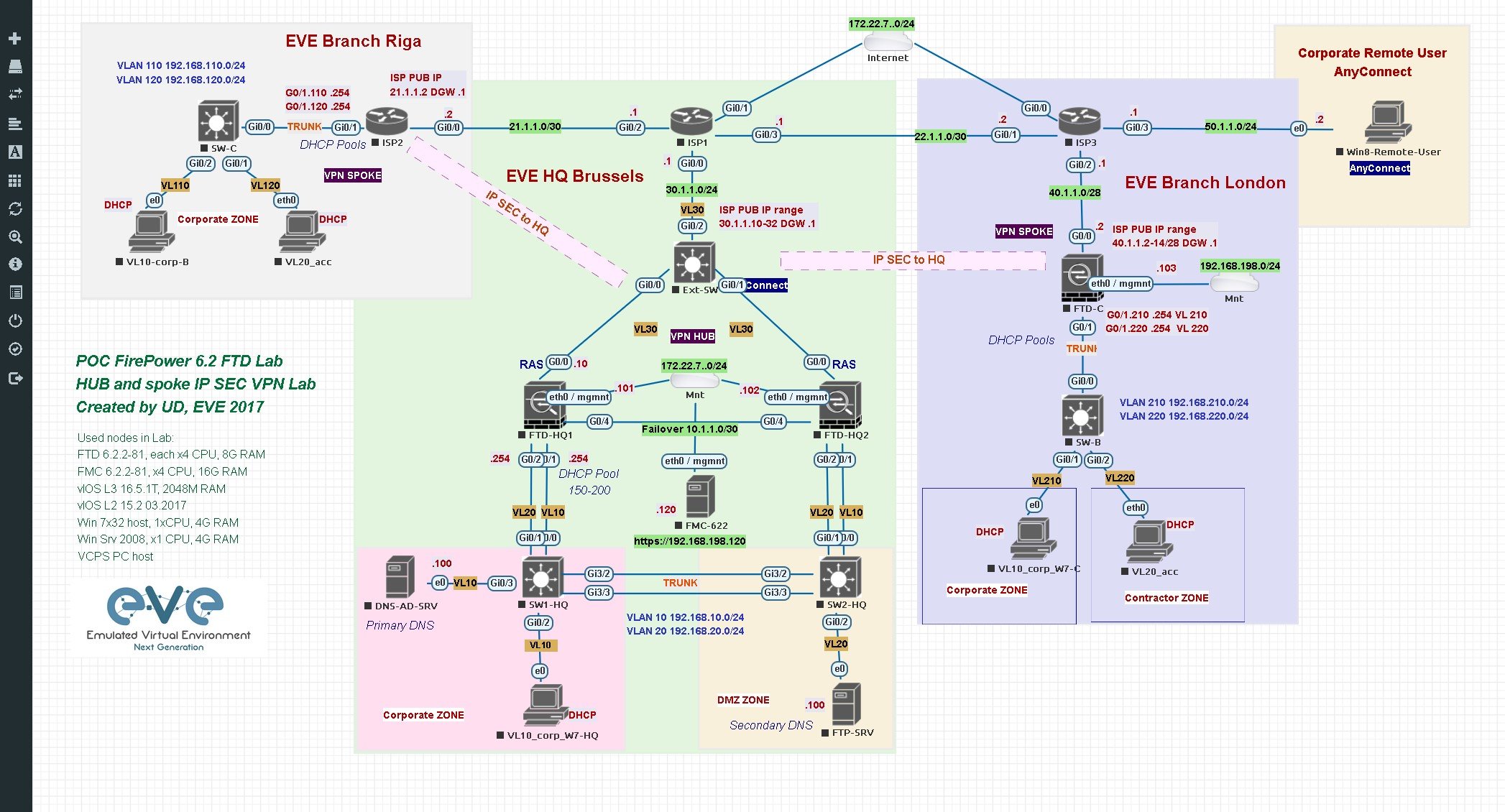

- #EVE NG ISSUE HOW TO#
- #EVE NG ISSUE INSTALL#
- #EVE NG ISSUE MANUAL#
- #EVE NG ISSUE ARCHIVE#
- #EVE NG ISSUE UPGRADE#
# Windows VM # (PV-)Driver install logĬ:\Windows\INF\ # Common Problems # Blank screen (on a Linux VM) # Cause The log files are located in C:\Users\\AppData\Roaming\XCP-ng\XCP-ng Center\logs. You can display the log files via menu Help -> View XCP-ng Center Log Files. It may contain sensitive information about your setup, so it may be better to upload it to a private area and give the link only to those you trust to analyze it.
#EVE NG ISSUE ARCHIVE#
Then upload the resulting archive somewhere. To help someone else identify an issue or reproduce a bug, you can generate a full status report containing all log files, details about your configuration and more. In case of a host crash, if it is kernel-related, you should find logs in /var/crash # Produce a status report # Kernel messagesįor hardware related issues or system crashes.Īll kernel logs since last boot: type dmesg. coalescing snapshots)Ĭontains the output of the storage manager. # XAPI's logĬontains the output of the XAPI toolstack. Examples: output of xenopsd which handles the communication with the VMs, of executables involved in live migration and storage motion, and more. Output of various running daemons involved in XCP-ng's tasks. XCP-ng does not use journald for logs, so everything is in /var/log directly. On a XCP-ng host, like in most Linux/UNIX systems, the logs are located in /var/log. The main log file is /var/log/installer/install-log. The installer writes in /var/log/installer/. The target installation partition is mounted in /tmp/root. When asking for help about installation errors, providing this file increases your chances of getting precise answers. They can be read with view /tmp/install-log. You can reach a shell with ALT+F2 (or ALT+RIGHT) and a logs console with ALT+F3 (or ALT+RIGHT twice).įull installation log are populated in real time in /tmp/install-log. If any of the above allows to work around your issue, please let us know ( github issues (opens new window)). Kernel parameters are between /boot/vmlinuz and the next. Xen parameters are between /boot/xen.gz and the next.
#EVE NG ISSUE HOW TO#
How to add or remove boot parameters from command line.
#EVE NG ISSUE UPGRADE#
(Where "upgrade" here designates an upgrade using the installation ISO) # If the installer starts booting up then crashes or hangs If you have subscribed to Pro support (opens new window), well, don't hesitate to use it! # Installation and upgrade

#EVE NG ISSUE MANUAL#
It might look like a lot of manual steps from the first sight, but it takes actually 10 seconds, since you only need to memorize the link name and type it once in the wireshark interface.If you have a problem on XCP-ng, there's 2 options: Type down the interface name you got in step 2 (the capture filter statement generates automatically).Enter the address of your EVE hypervisor (can use names of your systems from ssh_config).Open Wireshark and choose remote capture in the list of the capture interfaces.In the EVE lab view grep the link name of an interface you want to capture fromĢ.1 right click on the device you want to capture fromĢ.3 move mouse over the interface you want to capture fromĢ.4 get the interface name ( vunl0_1_0 in my example).So, you are perfectly capable of sniffing on packets running in EVE by having Wireshark alone. It feels more “appropriate”, though I wouldn’t mind to install the pack in a VM that I don’t care about much. I would rather want to keep my registry untouched for a simple task like sniffing the packets from a remote location, therefore I always use Wireshark remote capture without installing any client packs from Eve.

It will modify windows registry files for proper work


 0 kommentar(er)
0 kommentar(er)
